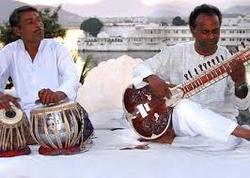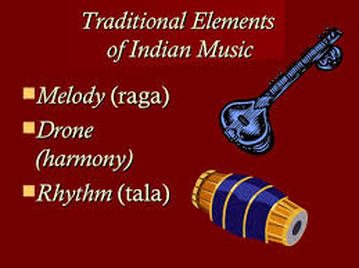
What many people casually refer to as Indian music is actually the classical music of the north of the Indian subcontinent, embracing the expansive cultural and religious diversity of India, Pakistan, Bangladesh, Nepal and even Bhutan. Karnatic(south) Indian music is older and represents the Hindu tradition before the Afghan and Mughal invasions of the north created one of the great hybrid musical styles of the world.

Raga is the fundamental organizing principle and melodic paradigm of both the Hindustani (north Indian) and Karnatic musical systems. In the south, it goes under the name of ragam.There are some two hundred main ragas, each defined by its unique combination of scale-pattern and dominant notes, by the specific rules to be obeyed in ascending or descending, and by certain melodic phrases associated with it. Both the Hindustani and Karnatic systems share a love of melodic invention within the routes and boundaries that each raga proscribes. Absolutely central to a great performance is the way in which the musicians imbue the raga or ragam with a sense of their own identity or personality while observing strictly defined rules. Improvisation occurs as a matter of course. This is coupled with a joy in the complexities of rhythm. Karnatic music, for example, boasts the most sophisticated rhythmic organization on the planet in thaalam. The northern equivalent for such a rhythmic cycle is known as tala. Each of the 100-plus talas builds over a specific number of matras (beats) before generally coming to a point of release called – in northern India – the khali. Tension and release is a science in Indian percussion.
Listening Examples
Music of India Listening Practice
|
| ||||||||||||
